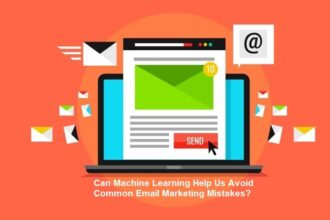With the avalanche of data in almost every enterprise, distractions abound. There’s so much potential learning to be done, and so much of it fascinating, that it can be easy to lose sight of the business–or even to find one.
That thought came back to me as I read a NY Times blog post on the data analytics possibilities for the Amazon Kindle. Think of everything Amazon can discover: Which books are most often left unfinished, and at what point do readers give up? Which books keep people up late at night? Which have the most re-read passages? In which ones do readers most often skip to the last chapter?
I love this kind of data. But sometimes it’s hard to build a business case around it. One of the companies I’ve been following the last couple of years, Sense Networks, has had to struggle with this. They can uncover fascinating patterns of cell-phone users. They found recently, for example, that people who have pre-paid cell phones and seem to be in the market for used cars are eight times as likely to switch cell-phone carriers as the general population.
Interesting, but not necessarily a financial windfall. In fact, after Intel’s venture arm put …
With the avalanche of data in almost every enterprise, distractions
abound. There’s so much potential learning to be done, and so much of
it fascinating, that it can be easy to lose sight of the business–or
even to find one.
That thought came back to me as I read a NY Times blog post on the data analytics possibilities
for the Amazon Kindle. Think of everything Amazon can discover: Which
books are most often left unfinished, and at what point do readers give
up? Which books keep people up late at night? Which have the most
re-read passages? In which ones do readers most often skip to the last
chapter?
I love this kind of data. But sometimes it’s hard to
build a business case around it. One of the companies I’ve been
following the last couple of years, Sense Networks,
has had to struggle with this. They can uncover fascinating patterns of
cell-phone users. They found recently, for example, that people who
have pre-paid cell phones and seem to be in the market for used cars
are eight times as likely to switch cell-phone carriers as the general
population.
Interesting, but not necessarily a financial windfall. In fact, after Intel’s venture arm
put $6 million into Sense last year, they moved out the founder and
CEO, Greg Skibisky, and looked to replace him with someone more
familiar with the business needs of phone companies.
This makes
certain sense. But the fact is that the unusual studies and
correlations might be more likely to lead to surprises–and
breakthroughs. That’s why I find myself looking more to academics and
large research outfits to come up with startling advances. They’re not
facing the same life-or-death financial pressure as venture-backed
start-ups. But is the lack of pressure itself a problem?
I’m thinking about that as I pack my bag for Seattle. As I research my book on Tuesday, I’ll be meeting with people at Vulcan Inc. in Seattle to discuss Project Halo,
an artificial intelligence lab financed by Microsoft co-founder Paul
Allen. They’re teaching computers to understand spoken and written
language, and to pass academic tests prepared for humans. This kind of
research could transform search, and even education. But the business
case, at least in the near term, is a foggier. After 23 years at
BusinessWeek, where we were told not to stray far from the profit and
loss picture, it’s a welcome change.











